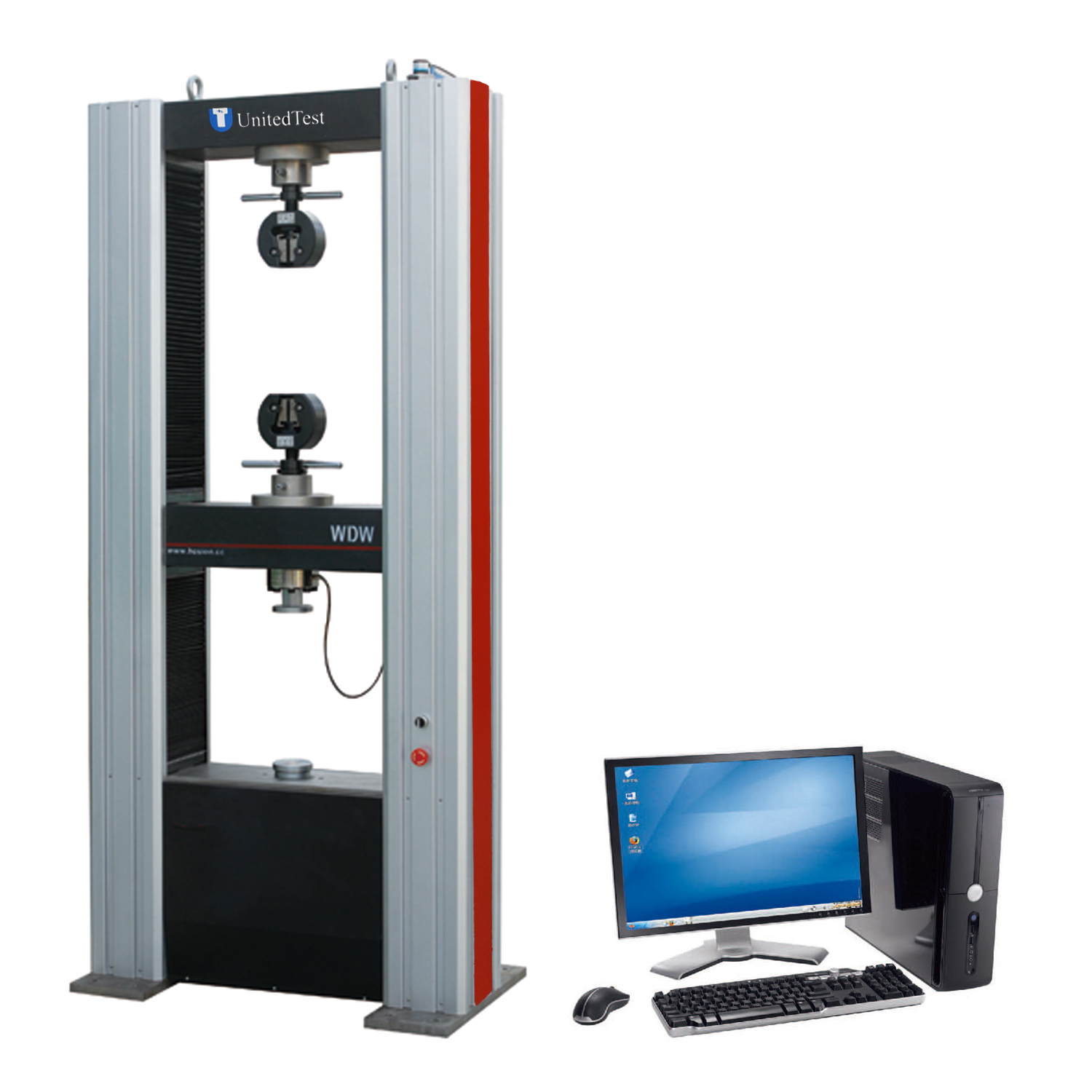ASTM D5887 Permeability coefficient testing machine, Permeameter of Geosynthetic Clay Liner
ASTM D5887/D5887M-22a: Standard Test Method for Measurement of Index Flux Through Saturated Geosynthetic Clay Liner Specimens Using a Flexible Wall Permeameter
1.1 This test method covers an index test that covers laboratory measurement of flux through saturated geosynthetic clay liner (GCL) specimens using a flexible wall permeameter.
1.2 This test method is applicable to GCL products having geotextile backing(s). It is not applicable to GCL products with geomembrane backing(s), geofilm backing(s), or polymer coating backing(s).
1.3 This test method provides a measurement of flux under a prescribed set of conditions that can be used for manufacturing quality control. The test method can also be used to check conformance. The flux value determined using this test method is not considered to be representative of the in-service flux of GCLs.

Measurement of Index Flux:
The core of this method is to measure the flux value of water flow through a saturated GCL sample under specific conditions using a flexible wall permeameter.
The obtained flux values are clearly defined as index test results, mainly used for manufacturing quality control and consistency checks, and do not represent the flux under actual usage conditions.
Determination of permeability coefficient:
One of the experimental purposes is to determine the permeability coefficient (usually referring to hydraulic conductivity) of GCL under a specified pressure difference.
The experiment requires the use of water or other permeable liquids (as described in 6) in a saturated state of the sample, and the permeability coefficient is calculated by measuring parameters such as flow rate and pressure difference.
Examine the impact of effective stress:
This method allows for permeability testing under different effective stress conditions. For example, studying the changes in GCL permeability coefficient at different effective stress levels such as 20 kPa, 60 kPa, 100 kPa, 150 kPa, and 200 kPa












